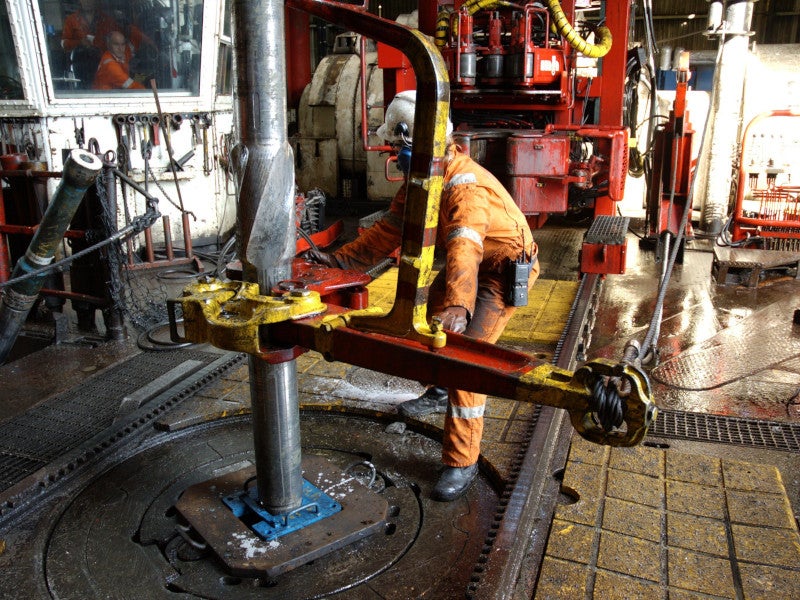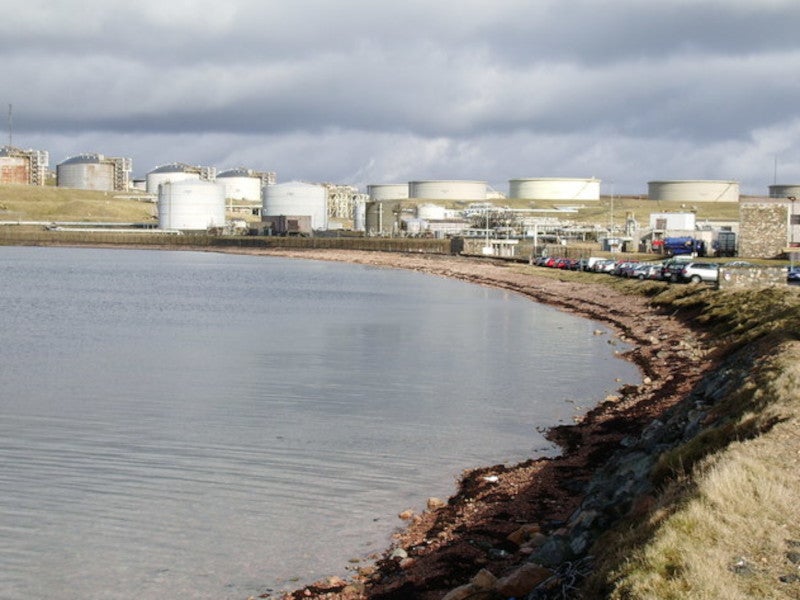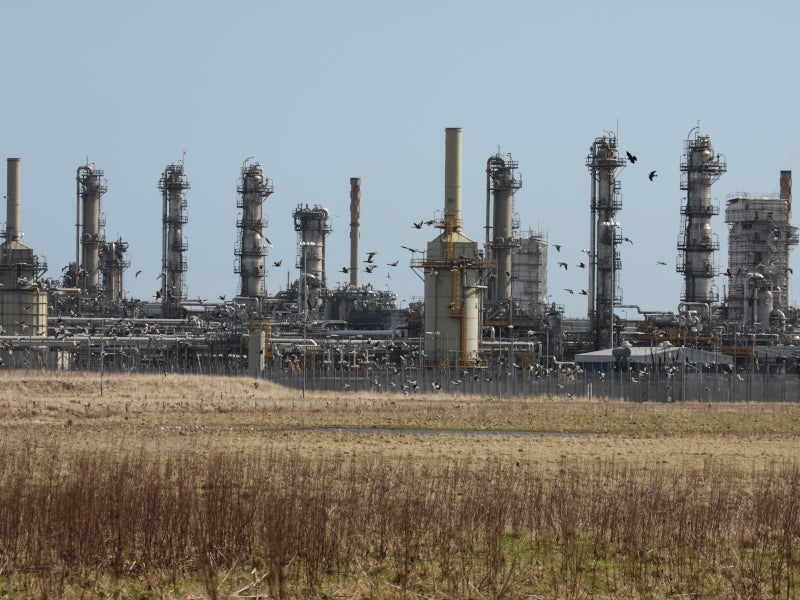TotalEnergies, an energy company, is advancing the development of the Alwyn East Field project through its fully owned subsidiary, TotalEnergies E&P UK (TEPUK).
The environmental statement (ES) was submitted to the Offshore Petroleum Regulator for Environment and Decommissioning (OPRED) in September 2021. The ES, as well as the development of the field, received approval from the North Sea Transition Authority, formerly known as the Oil and Gas Authority (OGA), in September 2023.
Alwyn East field is undergoing development as a life extension project within the Alwyn Area, with the aim of optimising hydrocarbon recovery from the area. The field is estimated to have a production life of up to 2040.
The Alwyn Area comprises eight producing fields, namely Alwyn North, Dunbar, Ellon, Grant, Nuggets, Forvie North, Jura, and Islay. Production from the Alwyn Area commenced in 1987, facilitated by the Alwyn and Dunbar platforms, along with various subsea tie-backs.
The peak gas production from Alwyn East is projected to reach approximately 1.5 million standard cubic feet per day (Mscfd) while the peak forecasted oil production is estimated at 1,161m³ per day.
Project location of Alwyn East Field
The Alwyn East field is located in the Northern North Sea on the UK Continental Shelf (UKCS), within blocks 3/04b, 3/04g, and 3/05a. It is situated approximately 5.8km northeast of the Alwyn North platform.
The Alwyn North platform itself is positioned within UKCS block 3/9a, 136km east of the Shetland Islands, 9km from the UK/Norwegian median line, and at a water depth of 130m.
Alwyn East field development details
The development plan for the Alwyn East field involves the drilling of a new side-track well from the existing N43 wellbore through an extended-reach drilling (ERD) programme. The well is intended to be drilled to a maximum vertical depth of 4,836m.
The field will utilise the existing infrastructure at the North Alwyn Alpha production platform, negating the need for the installation of any new subsea infrastructure. The new well will be directly connected to the facilities on the Alwyn North platform.
Modifications such as installing a new top-drive system and variable frequency drive are to be implemented on the North Alwyn Alpha platform to support the project.
Alwyn North platform details
The Alwyn North platform serves as a central hub for several fields in the Alwyn area. It consists of two connected fixed steel jacket platforms, North Alwyn Alpha and North Alwyn Bravo, that are linked by a 72m bridge.
The North Alwyn Alpha houses living quarters, drilling facilities, and utilities, while the North Alwyn Bravo is equipped with oil and gas processing facilities.
Power is generated using four gas turbine-driven generators on the North Alwyn Bravo for the facilities in the Alwyn field. Two-generator operation is the current base case to cut the carbon footprint from the field.
Oil and gas transportation from the field
Gas produced from the field is exported to the St Fergus Terminal in Aberdeenshire via the Frigg UK gas pipeline system (FUKA). Oil is conveyed via the Brent System pipeline to the Cormorant Alpha platform, and further to the Sullom Voe Terminal (SVT) in Shetland.
Oil from Alwyn East will be mixed with fluids from the other producing Alwyn fields and processed through the separation facilities on the North Alwyn Bravo platform. Gas will be processed through the gas separator before being exported to St Fergus.
Contractors involved
Xodus Group, an energy consultancy company, prepared the environmental statement for the Alwyn East field.






